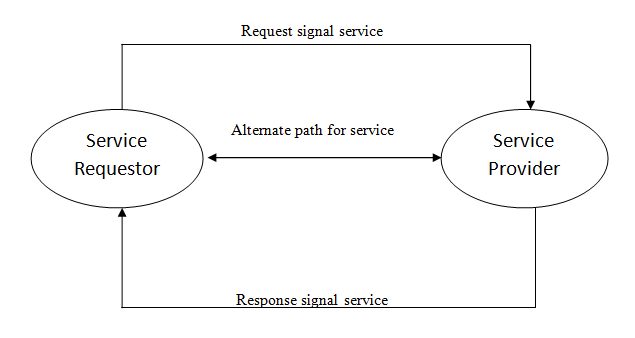OPPORTUNISTIC NETWORKS
Pervasive networks
formed by user's mobile devices have the potential to exploit a rich set of
distributed service components that can be composed to provide each user with a
multitude of application level services. However, in many challenging scenarios,
opportunistic networking techniques are required to enable communication as devices
suffer from intermittent connectivity, disconnections and partitions. This
poses novel challenges to service composition techniques. The problem comprises
three stages: i) selecting an appropriate service sequence set out of available
services to obtain the required application level service; ii) routing results
of a previous stage in the composition to the next one through a multi-hop
opportunistic path; and iii) routing final service outcomes back to the
requester.
In recent years, the number of multi-functional, personal smart
devices has been increasing at a high rate. The possibility of such devices
coming within communication range of each other is enhanced by the presence of
multiple embedded radios. While such opportunistic contacts between pairs of
devices have been exploited by the opportunistic networking paradigm,
exploiting resources to execute remote services is an area of research that has
received attention in recent times. Heterogeneous resources available on
devices can be abstracted as services to simplify the interface and have
platform independence. Services from multiple devices can be composed to
provide enhanced functionality. Extensive simulation results are presented to
demonstrate the performance of the proposed method in terms of service
composition success, composition length, number of hops, and delays. The
performance is analyzed for a range of service densities, number of nodes,
service request rates, request timeout durations, and routing mechanisms.

No comments:
Post a Comment